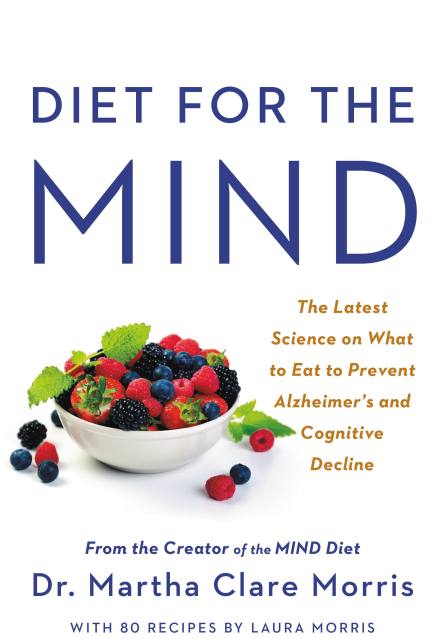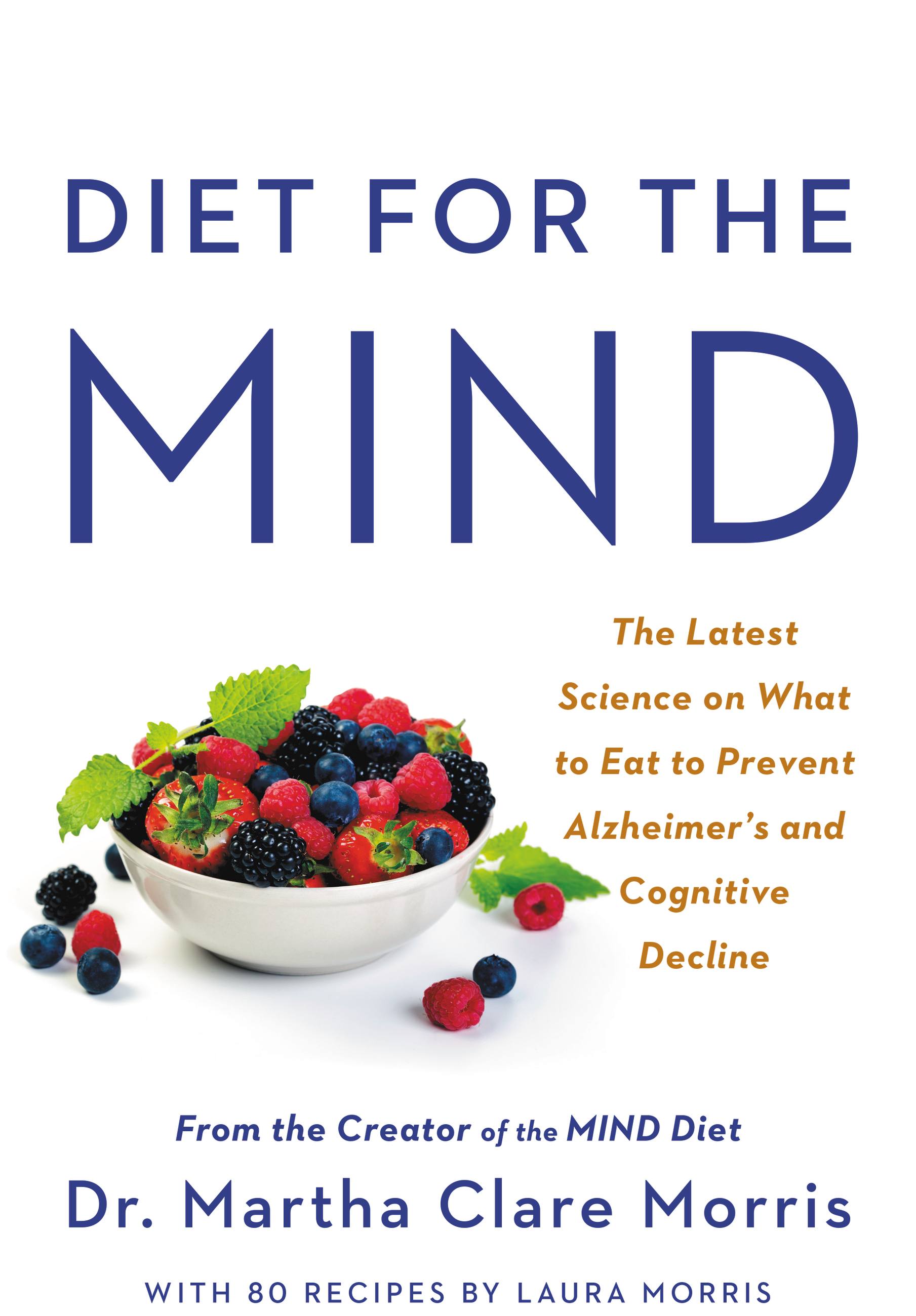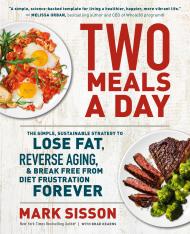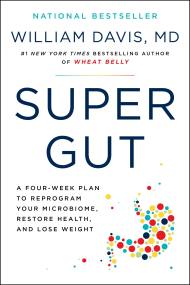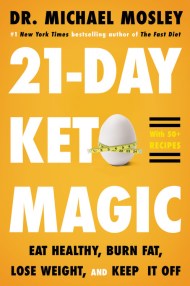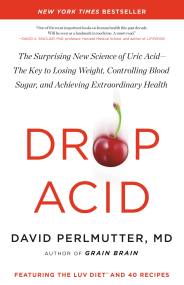Promotion
Use code MOM24 for 20% off site wide + free shipping over $45
Diet for the MIND
The Latest Science on What to Eat to Prevent Alzheimer's and Cognitive Decline -- From the Creator of the MIND Diet
Contributors
Formats and Prices
Price
$14.99Price
$19.99 CADFormat
Format:
- ebook $14.99 $19.99 CAD
- Hardcover $30.00 $39.00 CAD
- Audiobook Download (Unabridged)
This item is a preorder. Your payment method will be charged immediately, and the product is expected to ship on or around December 26, 2017. This date is subject to change due to shipping delays beyond our control.
Also available from:
From the creator of the MIND diet, the authoritative guide to eating for a healthy brain and optimal cognitive function.
Several factors play into whether you will suffer from cognitive decline and develop Alzheimer’s disease — lifestyle, health conditions, environment, and genetics, for example. But now there is scientific evidence indicating that diet plays a bigger role in brain health than we ever thought before.
In Diet for the MIND, one of the leaders in this research provides an easy, non-invasive, and effective way to prevent cognitive decline and reduce the risk of Alzheimer’s disease through diet and lifestyle. There are specific foods and nutrients that are important for keeping the brain functioning optimally, and also foods to limit because they can cause brain injury. With 80 delicious recipes for every occasion, Diet for the MIND is your roadmap to a healthy brain — for life.
Several factors play into whether you will suffer from cognitive decline and develop Alzheimer’s disease — lifestyle, health conditions, environment, and genetics, for example. But now there is scientific evidence indicating that diet plays a bigger role in brain health than we ever thought before.
In Diet for the MIND, one of the leaders in this research provides an easy, non-invasive, and effective way to prevent cognitive decline and reduce the risk of Alzheimer’s disease through diet and lifestyle. There are specific foods and nutrients that are important for keeping the brain functioning optimally, and also foods to limit because they can cause brain injury. With 80 delicious recipes for every occasion, Diet for the MIND is your roadmap to a healthy brain — for life.
Genre:
-
"Martha Clare Morris has revolutionized our understanding of Alzheimer's disease and ways to prevent it. Now, the findings of her breakthrough research are accessible to all, in simple, step-by-step instructions that anyone can put to use."Neal D. Barnard, MD, New York Times bestselling author of Power Foods for the Brain
- On Sale
- Dec 26, 2017
- Page Count
- 288 pages
- Publisher
- Little Brown Spark
- ISBN-13
- 9780316441124
Newsletter Signup
By clicking ‘Sign Up,’ I acknowledge that I have read and agree to Hachette Book Group’s Privacy Policy and Terms of Use
